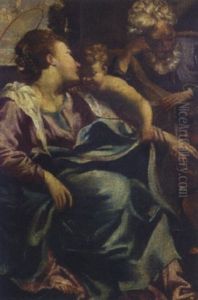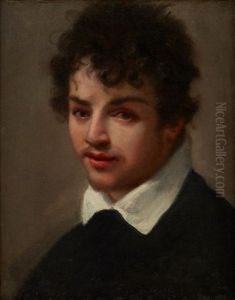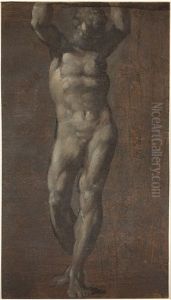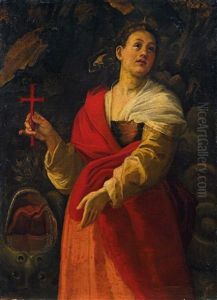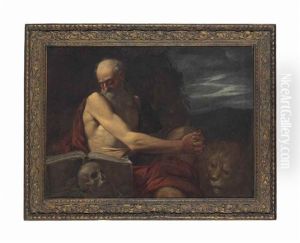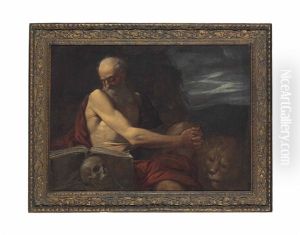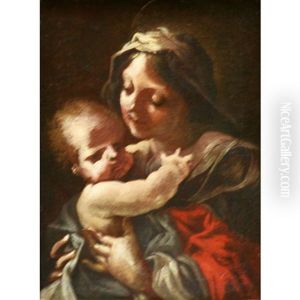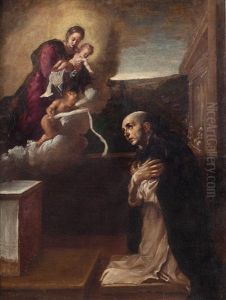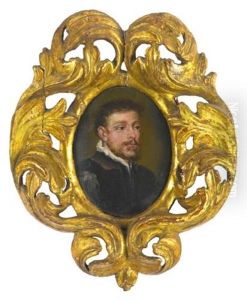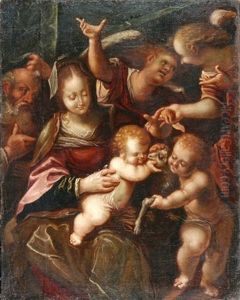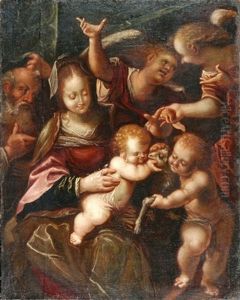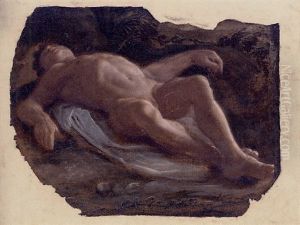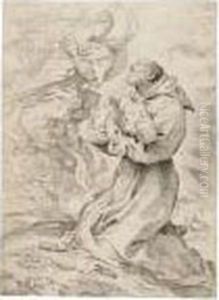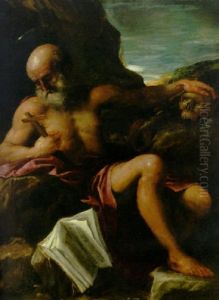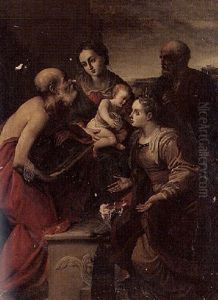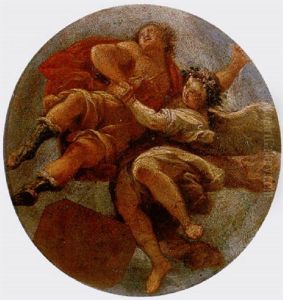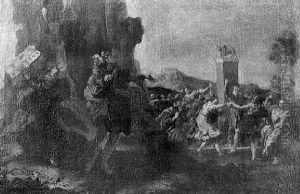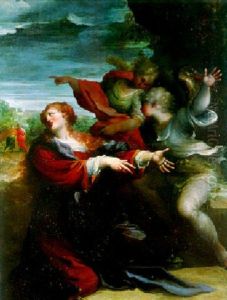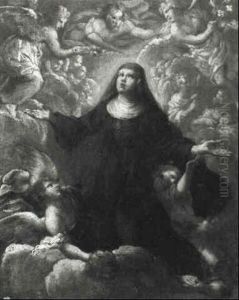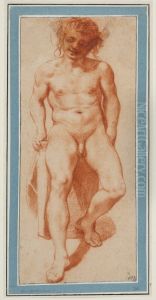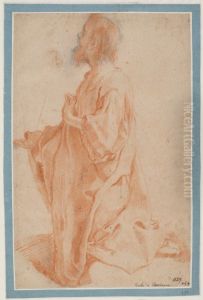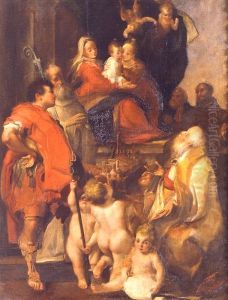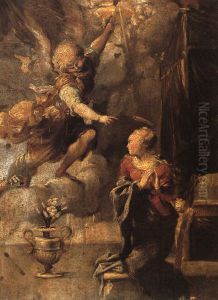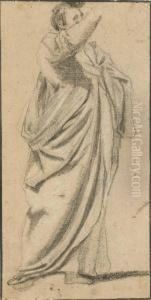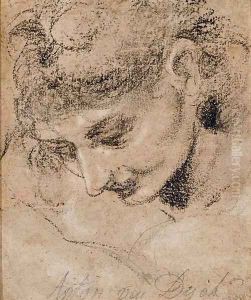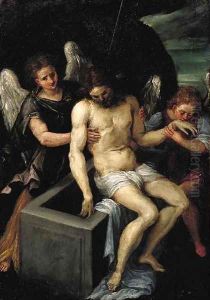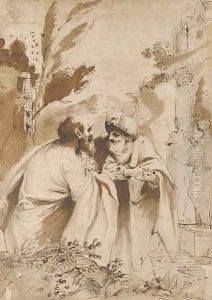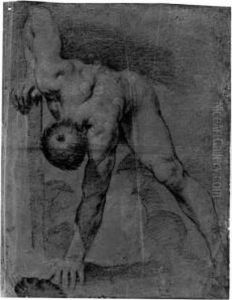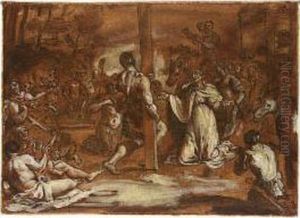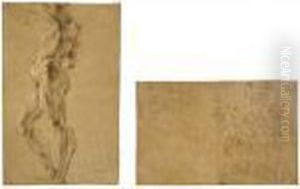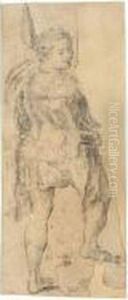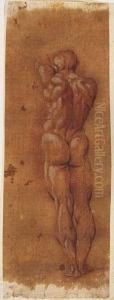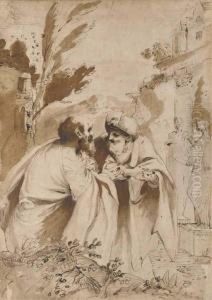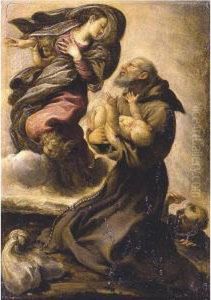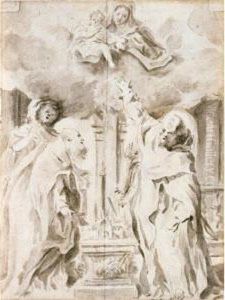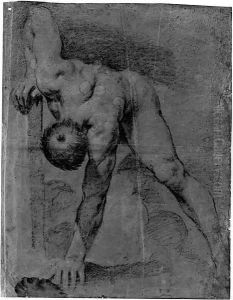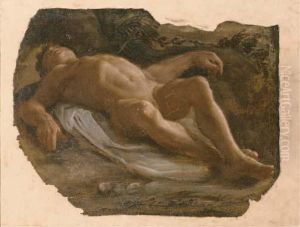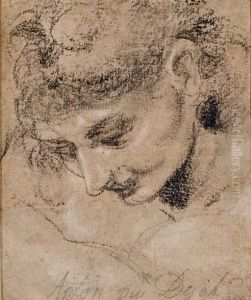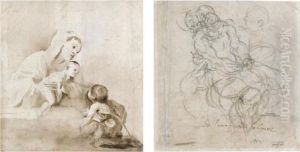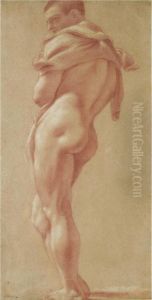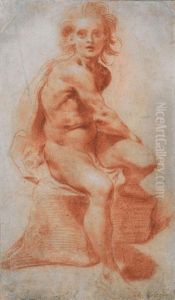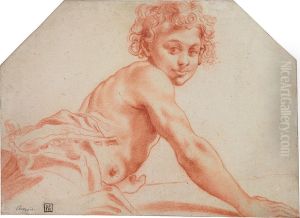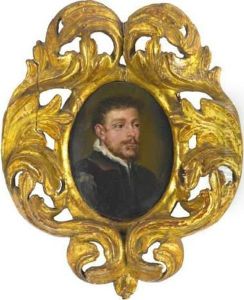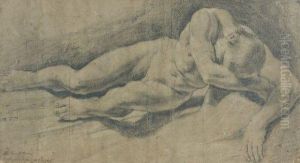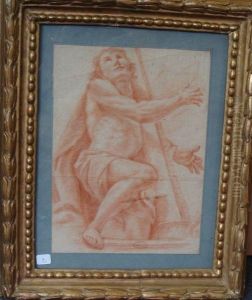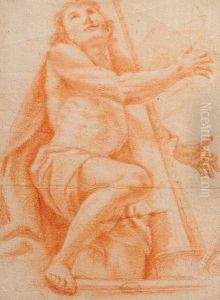Pietro Faccini Paintings
Pietro Faccini was an Italian painter who was active during the late Renaissance period, known for his distinctive style that showed the influence of the Mannerist movement. Born in Bologna in 1562, he was initially influenced by the Carracci family of painters, who were pivotal figures in Italian Baroque painting. Faccini's early training began under Giovanni Battista Cremonini before he entered the Carracci Academy, where he was deeply influenced by Ludovico Carracci.
Faccini's work is characterized by its dynamic compositions, expressive figures, and often vibrant use of color. Although he is not as widely recognized as some of his contemporaries, his paintings reflect a transition from the disciplined classicism of the Renaissance to a more emotive and individualistic Mannerist style. His oeuvre includes religious subjects, mythological scenes, and portraits, though only a relatively small number of his works have survived.
After his time with the Carracci, Faccini began to develop his own style, which was marked by a more intense emotional expression and a looser, more fluid approach to form. He was particularly adept at capturing the human form in motion, and his figures often seem to twist and turn within the frame, imbued with a sense of life and movement.
Despite his talents, Faccini's career was relatively short-lived. He died in 1602 at the age of 40 in his hometown of Bologna. The exact circumstances of his death remain unclear. His legacy, while overshadowed by some of his more famous peers, is preserved in several Italian churches and collections where his work continues to be admired for its unique combination of grace and energy.
